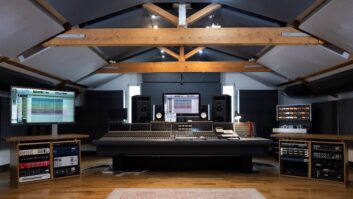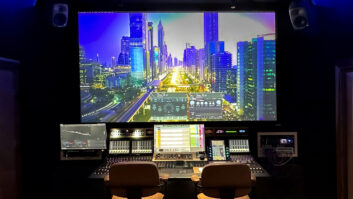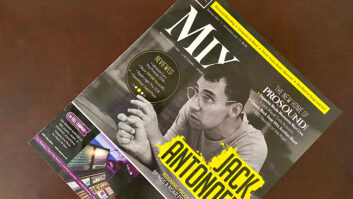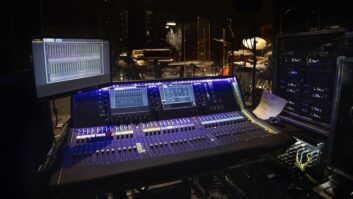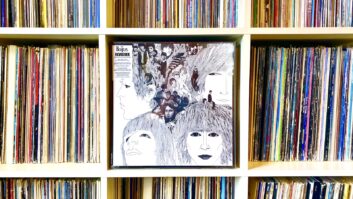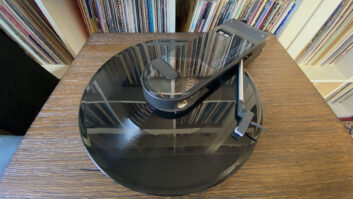The focus of this month’s Mix is on “Desktop Production.” Beyond the value of this phrase as a cool marketing hook, there’s a whole lot going on in this area. PCs keep on their rocketing trend toward mo betta/mo fasta — and much cheaper: Last month, I plunked down a whopping $75 at a local retailer for a 200GB Seagate Barracuda hard drive; it wasn’t all too long ago that 20MB drives cost $200. And as hardware costs plummet, the power and functionality of today’s software studio tools keep advancing to make sure that we’re never quite caught up with enough RAM or CPU power. Upgrading is definitely part of the desktop studio scene.
It would be too easy to pigeonhole desktop production into the image of a solo engineer/producer/artist slaving away on a laptop with a set of headphones, creating the next dance hit. But PCs are hardly a new addition to the studio milieu, whether they were built into SSLs or running Flying Faders automation, MIDI sequencing or DAWs. The main difference these days is that many of today’s software programs make the production process so easy that anyone becomes an instant hit-maker. If only it were so simple.
In the quest for that hit, there are a number of other factors to consider — the right song, the right artist, the right players, the right arrangement, the right mix and maybe even distribution and promotion — but none of these are likely to be found in a software application. Dealing with such intangibles is tough enough, but at least armed with a groove box and/or great collection of loops, your production can have a solid foundation.
At the same time, there’s a great convergence where bands that were once oh-so-traditionally rock/jazz/etc. are incorporating more looped elements. As Mix assistant editor Heather Johnson shows in our “In the Loop” feature, looping in the studio is nothing new: Roger Nichols was compiling Steely Dan drums on huge endless tape loops back in the ‘70s, often drafting anyone in the studio to stand by with a pencil and tape roller to help support the long, unwieldy tape as it made its way around the control room and back to the multitrack. Things are so much easier these days!
Of course, looping, sampling and beat boxes aren’t for everyone. For a look at the other side, we visited with David Chesky, producer/pianist/recording engineer/owner of audiophile label Chesky Records. Anyone who’s never seriously listened to a Chesky release has missed out on a lesson about how records should sound. Audiophile? Yes, but sweet and soulful with an absolute purity of sound that’s simply remarkable.
These days, affordable digital has opened the doors of production to everyone, and more often than not, production is a hybrid of techniques and technologies. The only new rules? There are no rules. Find your own style that works for you and go bend some rules of your own.
